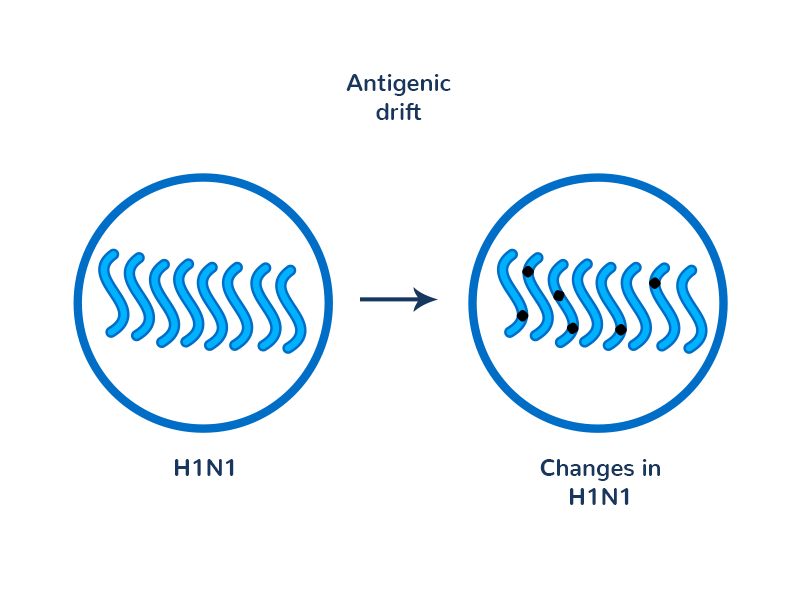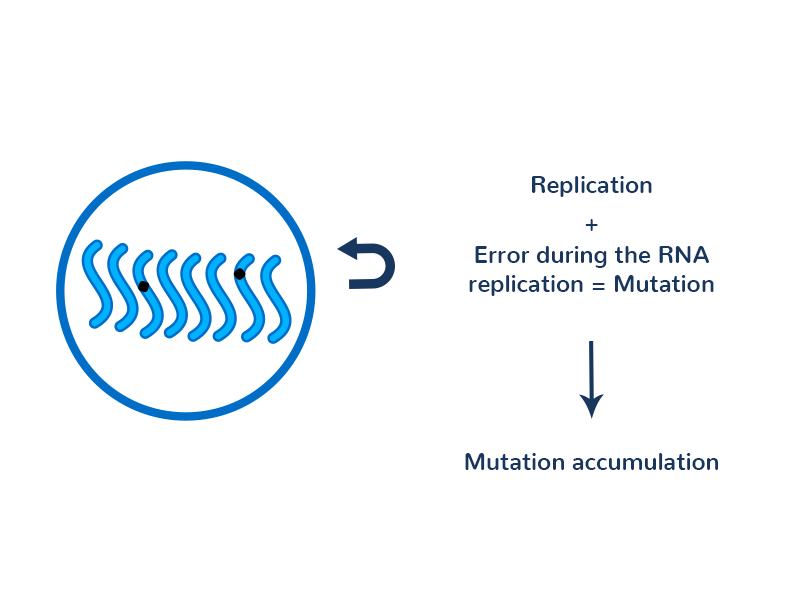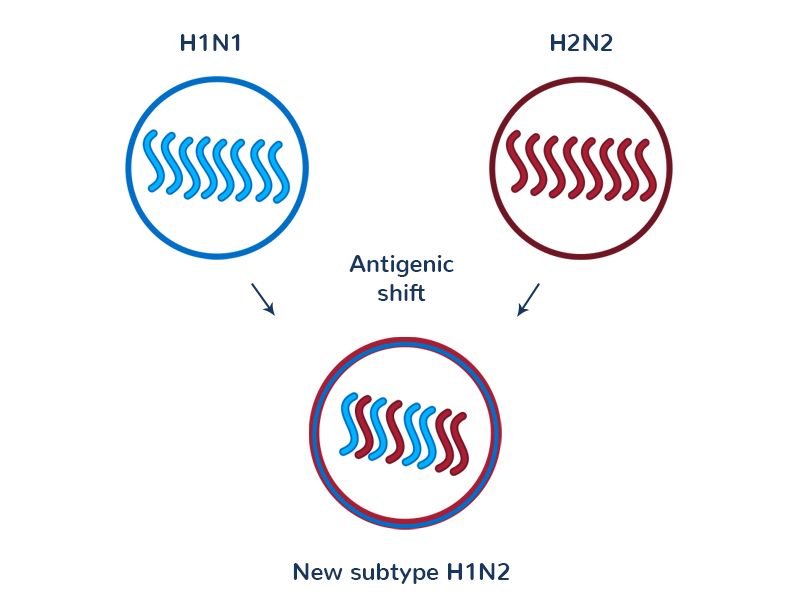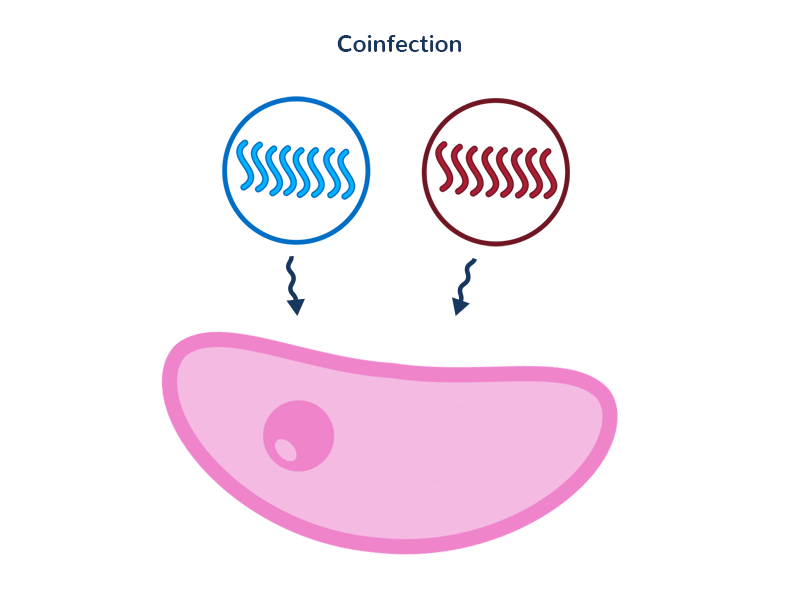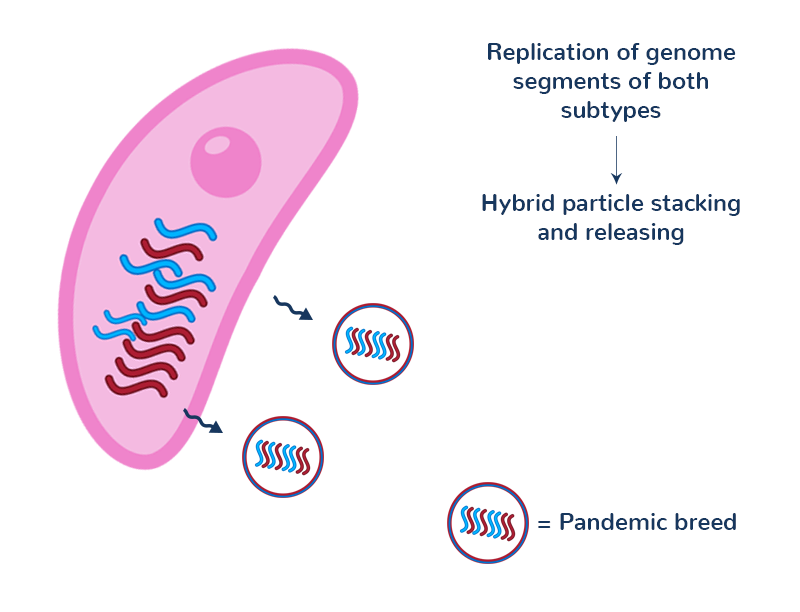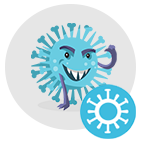Virus hosts
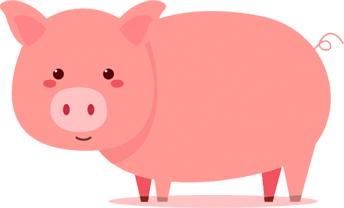

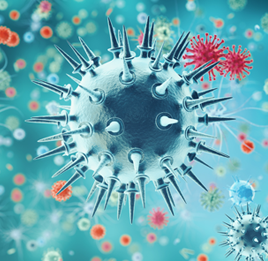
Ever since he became ill, Mark was curious about the disease that had overtaken him and about its causative agent. He noted that various media report on the occurrence, spread and consequences of bird and swine flu epidemics. He wondered who could be infected with the flu virus…
Viral alphabet
There are four types of flu viruses: A, B, C and D.
Type A influenza virus.
It can infect many different hosts and is most prone to create new variants, and thus cause the most severe symptoms of the disease and the largest epidemic, the so-called pandemics.
Type B virus
It can only infect humans.
Type C influenza virus
It can infect humans and animals, but the symptoms it causes are mild.
Type D virus
It infects only animals.

Viral dressing room
Did you know that different variants of the influenza virus have different variants of both glycoproteins (hemagglutinin and neuraminidase) on their surface? Up until today, 18 different types of hemagglutinin and 11 types of neuraminidase have been described. Just imagine how many different "outfits" we find in influenza viruses, i.e. how many combinations of these glycoproteins are possible!


Where did the flu come from and who can get infected?
Type A influenza virus initially infected waterfowl, such as wild ducks. Therefore, we say that they are a natural reservoir of viruses.
In waterfowl, the virus mostly multiplies in the cells of the digestive system, and the infection regularly passes without symptoms.
Nowadays, this viral type has numerous hosts. What do you think, who can get the flu?





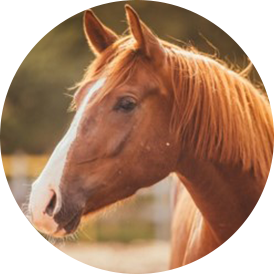



Pigs don't fly - but (swine) flu flies!
You must have heard that the flu virus is spread by droplets - the "flight" of particles that by sneezing pass through the air. With the invention of airplanes, viruses literally "took off" and today they quickly "fly all over" the world. Not to mention the flight of influenza on the wings of the birds that are their hosts…
How is it possible that type A influenza virus infects so many different hosts today?
The flu virus changes incredibly quickly!
There are two main ways for it to change. The first way is called antigenic drift and is caused by mutations (errors) that occur during replication of the viral genome. The second way is antigenic shift which can occur if two different viral subtypes simultaneously infect asingle cell.
When the viral genome (which, as mentioned in the story about the boy, is divided into eight RNA segments) replicates, errors occur. Therefore, some of the viral particles produced in the host cell will have one or more changes in the genome compared with the original virus. These changes are called mutations.
Why is that important?
Our organism "remembers" the pathogens with which it came in contact, so it could react more quickly and prevent the occurrence of the disease in case of re-encountering the same pathogen. However, if the virus has altered genes for the surface glycoproteins hemagglutinin (HA) or neuraminidase (NA), the organism will not recognize it, so there is a possibility that we may become infected again. That’s why we can get the flu even if we have already had it. Therefore, the need for regular vaccinations is conditioned by changes in the virus.
Do viruses make mistakes too?
A prerequisite for successful cell division or virus multiplication is the ability to replicate the genome (DNA in cells, DNA or RNA in viruses). Several enzymes are involved in the process of genome multiplication but the most important enzyme is polymerase. That is an enzyme that “reads” the nucleic acid chain and synthesizes the complementary chain according to the principle of complementarity of nitrogen bases (adenine-thymine, guanine-cytosine). The polymerase can be compared to a conveyor belt worker in a factory who has to sort different products. Just like a worker who will sometimes make a mistake, for example, by putting a chicken pate into a tea time pate box, so will the polymerase sometimes make mistakes and mismatch the bases. However, this doesn’t present a problem for DNA because the DNA polymerase enzyme can correct the error, so the final number of errors is very small. On the contrary, RNA polymerase can’t correct the error. To complicate things further, RNA polymerase is like a worker who has a defect of vision and forgets to bring his glasses, so he puts the pate in the wrong box every now and then. Consequently, one or more erroneous bases are often incorporated during the synthesis of a new RNA strand.
The cell may be infected by two different subtypes of influenza virus at the same time. The RNA molecules of both subtypes will then simultaneously replicate in the cell. We know that type A influenza virus has a genome divided into eight segments, which must be arranged and packaged into newly formed viral particles. When arranging a new virus particle, can wrong packaging occur, i.e. wrong allocation of segments between subtypes? Yes, that event is called a pseudorecombination. In this way, viruses of one subtype acquire glycoproteins that are characteristic for viruses of another subtype.
Why is that important?
For example, if a pig becomes infected with two virus subtypes, one of which originates from birds and the other from humans, a new subtype of influenza virus can be created that can infect humans and cause a pandemic because there is no specific resistance to that subtype. The potential dangers of such subtypes are best illustrated by the fact that the great pandemics, which occurred in 1957 and 1968 during which several million people died from the flu, were caused by virus subtypes created precisely by antigenic shift.


